Last updated on April 30th, 2025 at 12:55 pm
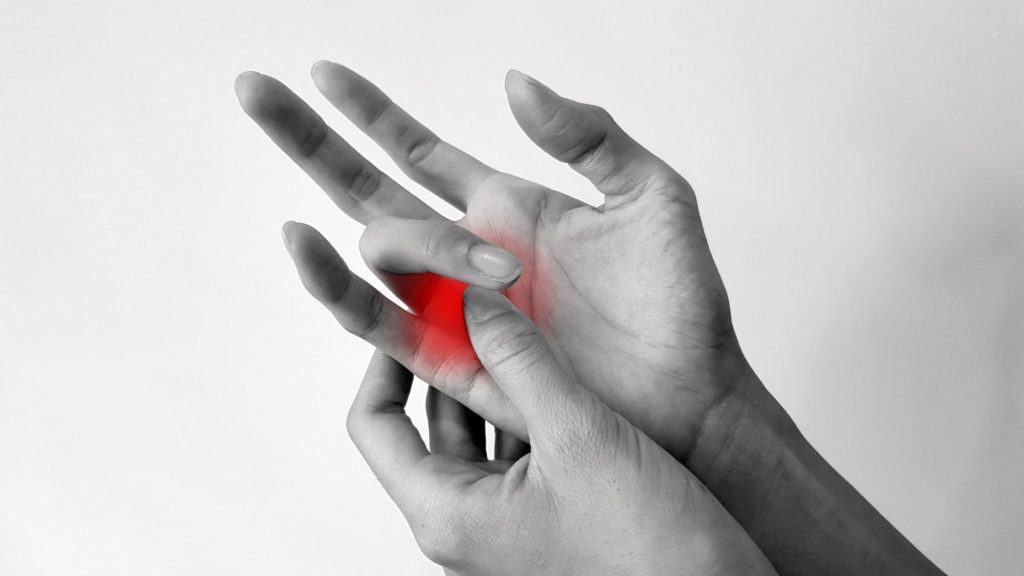
- Trigger finger is a condition where one of your fingers or thumbs gets stuck in a bent position.
- Repetitive gripping activities can cause it, as medical conditions like diabetes or rheumatoid arthritis, or simply ageing.
- Trigger finger exercises can help alleviate pain and stiffness associated with the condition.
- These exercises stretch and strengthen the affected finger and hand muscles.
Finger pain and contracture can also be due to the condition known as Dupuytren’s contracture. In this condition, due to contracture, the finger curls inwards, which also restricts the motion of the affected finger. To the contrary, a trigger finger is characterised by a painful popping or clicking sound when the affected finger is bent and straightened..
It is called a trigger finger because when the affected finger is bent, it becomes locked in the bent position. It takes effort to straighten it, resulting in a snapping or trigger-like effect.
Although it can be painful and frustrating, conservative management, such as physical therapy and exercises, has been found to be effective.
In this article, we will cover all these practical tips, including self-massage techniques and exercises to cure trigger finger pain.
Easy exercises for trigger finger pain relief
The trigger finger is also known by other names, such as snapping finger and stenosing tenosynovitis. The most common finger affected is the ring finger.
The condition often affects individuals between the ages of 40 and 60 and is seen six times more frequently in women than men1.
In early cases, exercises and physiotherapy are very effective. In late cases, you may have to go for a steroid injection or even surgery. So, let us start with the ball-squeezing exercise.
#1 Ball squeezing exercises
Ball-squeezing is a simple exercise that can be done at home or at work and requires only a gel ball or sponge ball.
- To begin, take the ball and hold it in the palm of your affected hand.
- Squeeze the ball as tightly as possible, then slowly release the grip.
- Repeat this movement for as many repetitions as possible.
It is important to note that this exercise not only strengthens the muscles in your hand, but it also helps improve blood circulation to the affected area.
As you continue to perform this exercise regularly, you may notice a decrease in pain and stiffness associated with trigger finger.
#2 Stretching of finger flexor
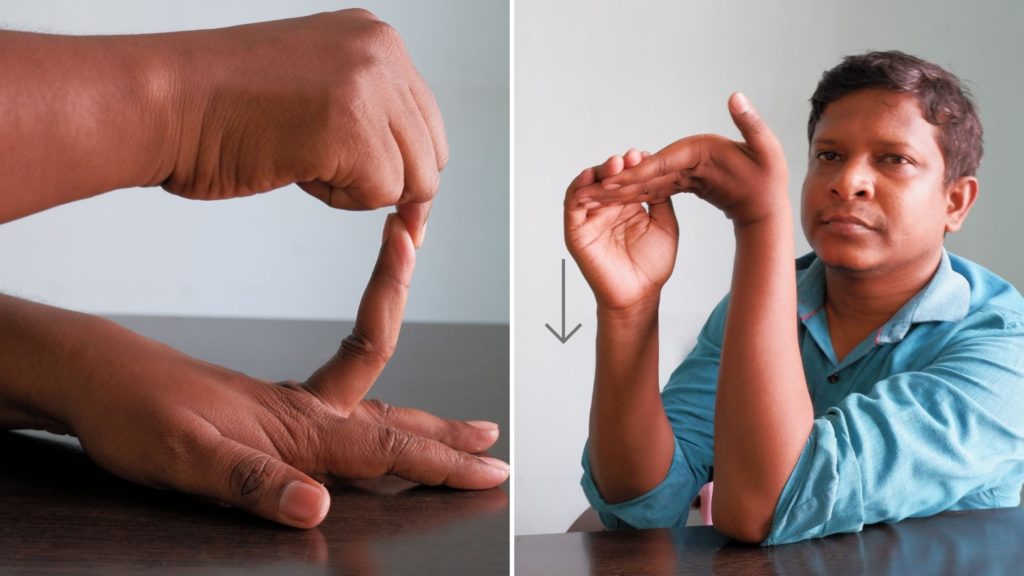
This exercise is designed to increase the extensibility of the flexor tendon and flexor retinaculum.
It is a simple stretching routine that can be performed on individual or all fingers together. To start, let’s focus on stretching individual fingers.
- Begin by extending your hand in front of you with your palm facing down flat on a table.
- Next, use your other hand to gently pull the fingers of your extended hand back towards your wrist, stretching the flexor tendon and flexor retinaculum.
- Hold this position for 15-30 seconds, then release and repeat the stretch on each finger.
The second stretching exercise is done in a sitting position.
- First, stabilize your arm over a table or flat surface, with the forearm positioned perpendicular to the table.
- Next, in this position, place the fingers of your other hand over the finger of the affected side, with your palm facing upward (as shown in the figure).
- Press down gently on the finger, stretching the flexor muscles and tendons.
- Hold this position for 30 seconds, then release and repeat the stretch 3-4 times in a session.
#3 Tendon gliding exercise
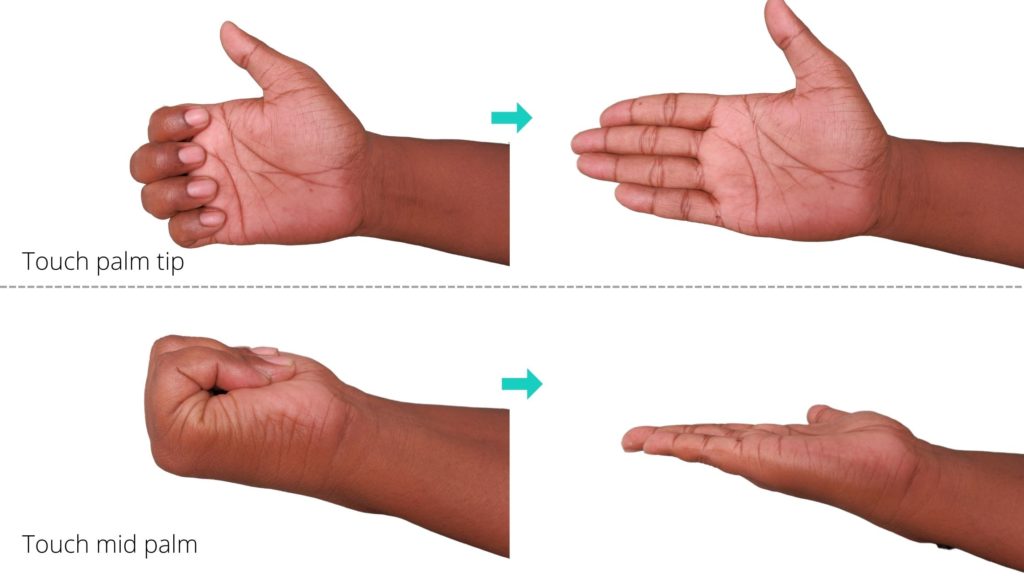
This exercise is designed to help soften the flexor digital sheath and improve flexibility in your fingers. To perform this exercise:
- Start by spreading your fingers as wide as possible.
- Then, bend your fingers so that your fingertips touch the tip of your palm.
- Hold this position for a few seconds, then straighten your fingers again.
- Next, bend your fingers so your fingertips touch your palm’s middle.
- Hold this position for a few seconds, then straighten your fingers again.
- After this, open your fingers wide and stretch them out. Then, bring your fingertips to touch the bottom of your palm, holding this position for a few seconds before releasing. Repeat this movement a few times.
#4 Self-massage for trigger thumb and finger
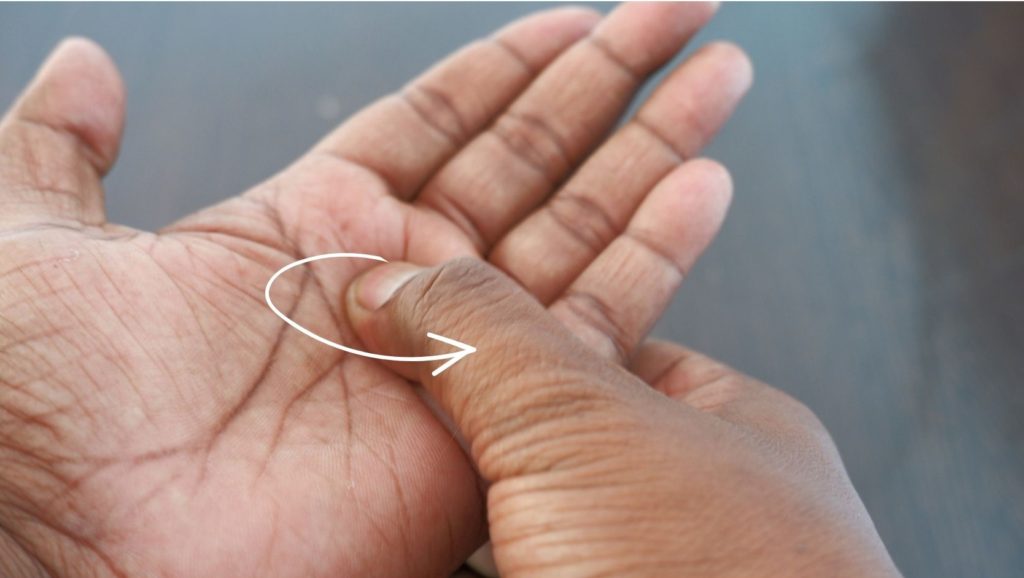
The trigger finger self-massage technique involves using the other side of your thumbs.
- To start, use your thumb on the base of the affected finger to palpate the area and locate the tender spot.
- Once you have located the tender spot, press it with your thumb and then move it in a circular motion to give a comfortable massage.
- Apply a pain balm over the tender spot for added effectiveness before massaging it. Apply gentle pressure, avoiding pressing too hard, which could cause more discomfort.
- It is recommended to perform this exercise for 5 minutes in a single session twice daily.
#5 Hot treatment
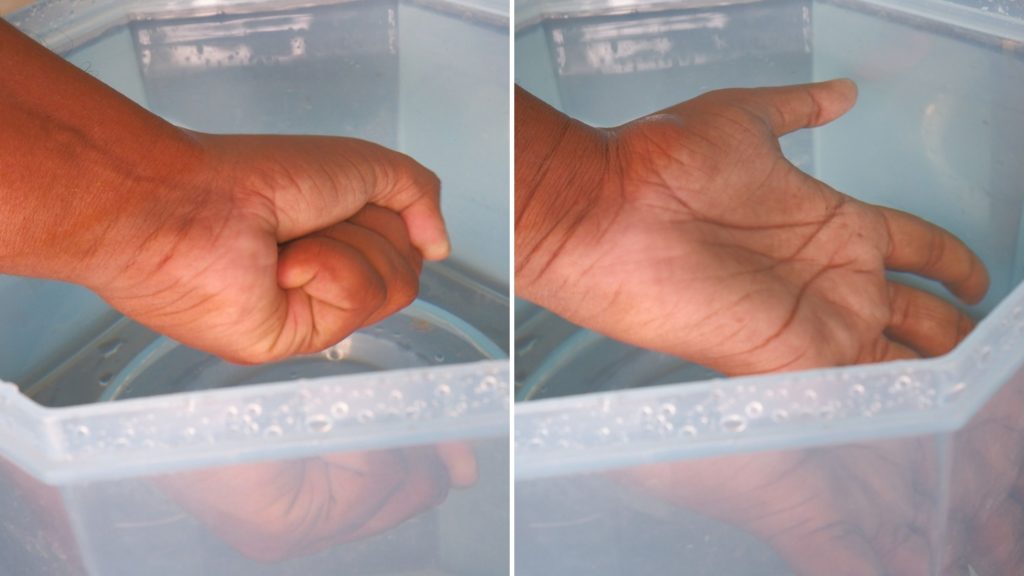
Our final tip for trigger finger pain is hot treatment using a bowl of warm water and edible salt. To perform this exercise, prepare a bowl of warm water by filling it with water that feels comfortably warm to the touch.
Next, add one tablespoon of edible salt to the water and stir it well to dissolve the salt.
- Begin the exercise by carefully dipping your affected hand into the water.
- Keep your hand in the water for a few seconds to allow it to adjust to the temperature.
- Then, hold a tight fist inside the water for a few seconds before slowly straightening your fingers.
- As you straighten your fingers, you may feel some resistance or stiffness in your flexor sheath. This is normal and is a sign that the exercise is working.
- Continue to make a fist and straighten your fingers slowly and effectively until the water reaches an average temperature.
- You may repeat this exercise a few times a day to help relieve the stiffness of your flexor sheath.
The pathology of trigger finger
The muscle on our forearm, also known as the flexor muscle, passes through the wrist and palm and is attached to the end of the finger. When this muscle splits to go through the fingers, it forms a taught band called the flexor tendon.
A fibrous digital sheath surrounds this tendon.
Its function is to bring flexion, or bending movement, to the fingers. When we bend our fingers or perform any activity that requires bending the finger, such as making a fist or grasping a ball, the tendon glides inside the fibrous sheath.
This normally results in smooth finger movement.
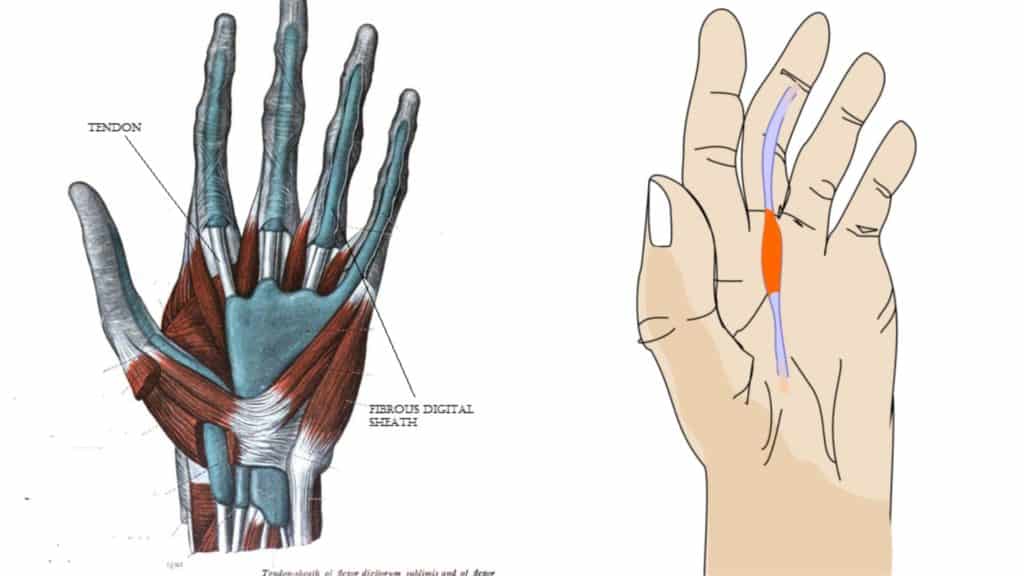
However, in the case of the trigger finger, the fibrous sheath becomes thick at the base of the finger due to a disease process. In addition, the tendon also becomes swollen just proximal to the flexor sheath.
These two conditions—”thickening of fibrous sheath + swelling of the tendon”—restrict the gliding of the tendon during finger movement.
When the sufferer tries to bend the finger forcefully, the tendon glides inside the sheath, producing a painful trigger movement and snapping sound.
Symptoms of stenosing tenosynovitis
Trigger finger sufferers commonly complain of pain in the base of the finger, which makes it difficult to hold an object and perform activities like holding a knife and working in the kitchen.
Squeezing wet clothes while washing also becomes painful. These are some of the common signs and symptoms.
- Trigger finger is commonly seen in middle-aged females.
- Initial symptoms are pain at the base of the affected finger.
- In the latter case, there is nodular swelling at the base of the finger due to the swelling of the underlying tendon.
- Any attempt to bend or straighten the finger produces a snapping sound.
How physiotherapy can help
In an early case, physiotherapy management will help; in later cases, hydrocortisone injection is prescribed. But, some cases need surgical intervention, which involves an incision of the fibrous flexor sheath.
Physiotherapy treatment aims to soften the thickened fibrous flexor sheath.
- Ultrasonic therapy: Ultrasonic therapy at the tender spot on the affected finger’s base helps relieve pain.
- Deep Transverse friction Massage over the nodule softens the tissues. It is only done by a qualified physiotherapist.
Few effective exercises exist for this painful stenosing tenosynovitis condition, so let’s discuss them one by one without delay.
Keep Reading: 4 Effective Trigger Thumb Exercises and Tips to Ease Pain
The author is a physiotherapist who has been practising for the last 17 years. He holds a Bachelor's in Physiotherapy (BPT) from SVNIRTAR (Swami Vivekananda National Institute of Rehabilitation and Research), one of the prestigious physiotherapy schools in India.
Whatever he learns dealing with his patient, he shares it with the world through blogs and e-books. He also owns a YouTube channel, "Sunit Physiotherapist" with over 8 lakh active subscribers. Here, he shares everything he gets to learn serving the patient.
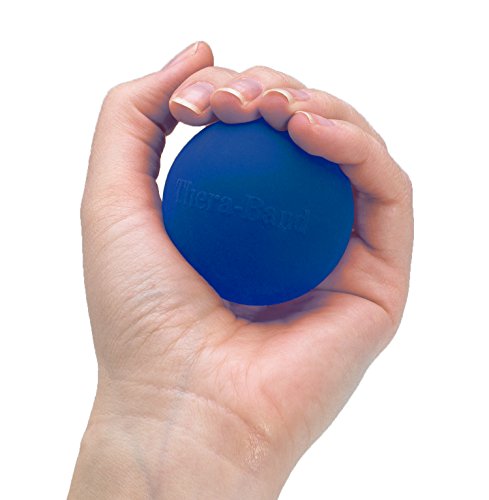
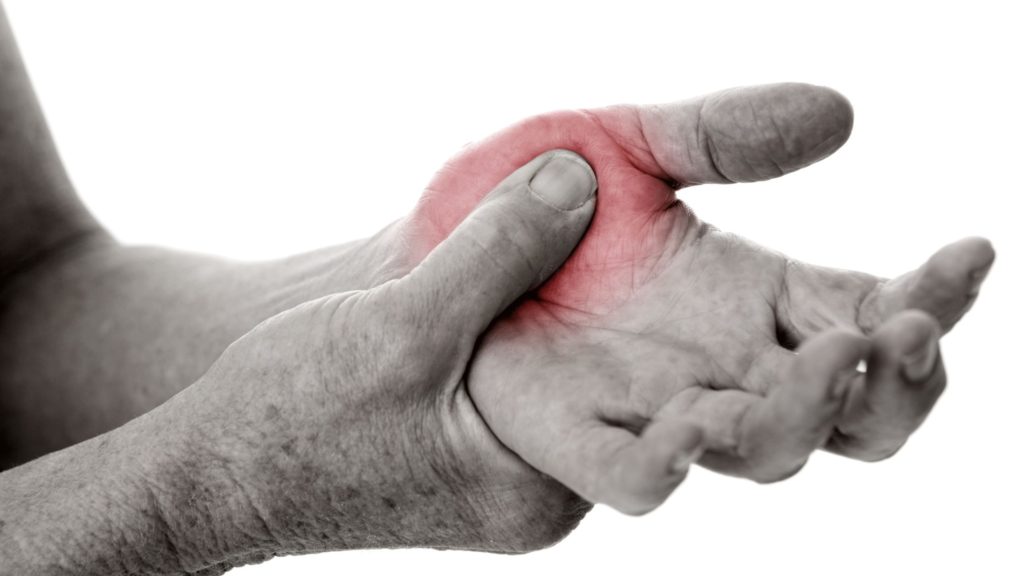
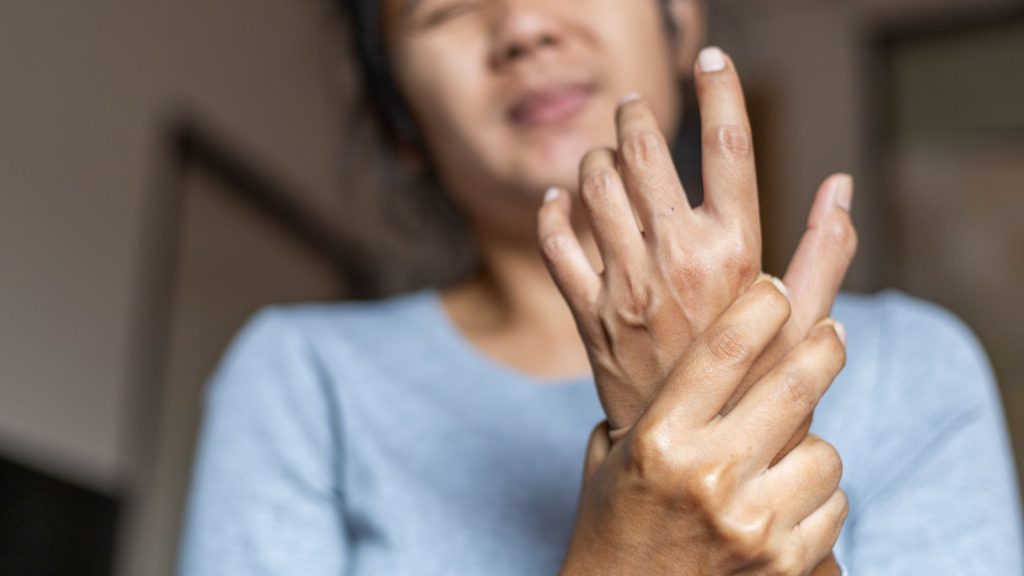
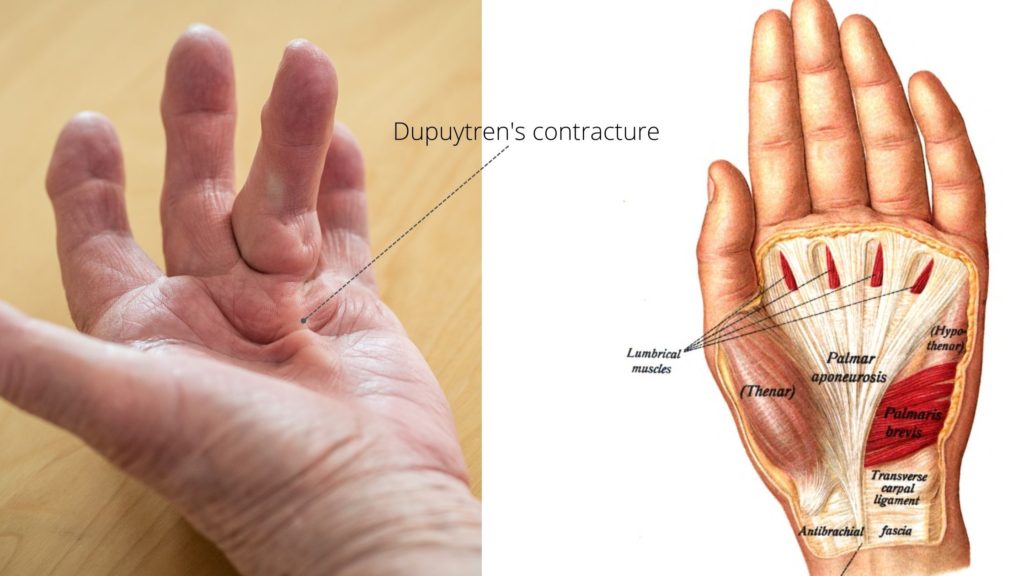
thank you so much
thnx
nice
I got wonderful site today,I really impressed with you post.Thank you so much for providing this wonderful sites,Expecting this type of post in future.if you want writing service,please contact job resume writing service,one of the best resume service available now .please click here to access this service.